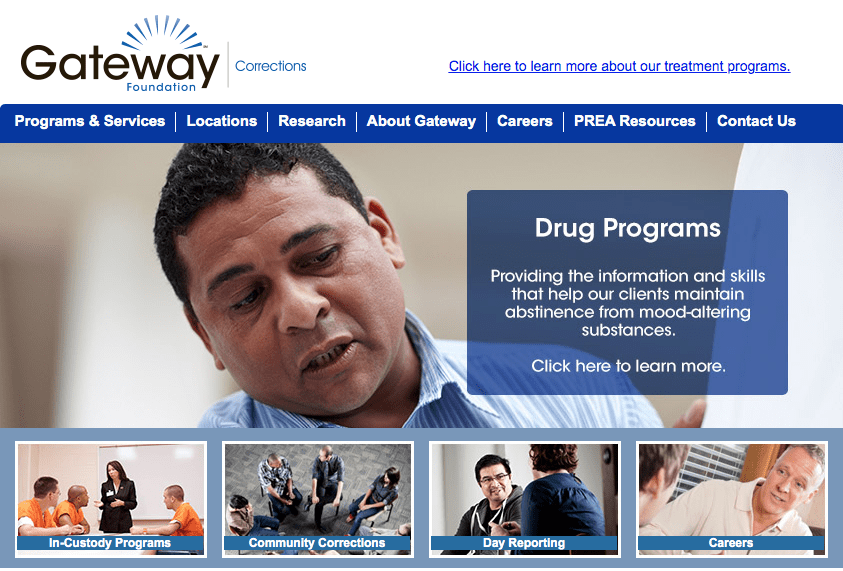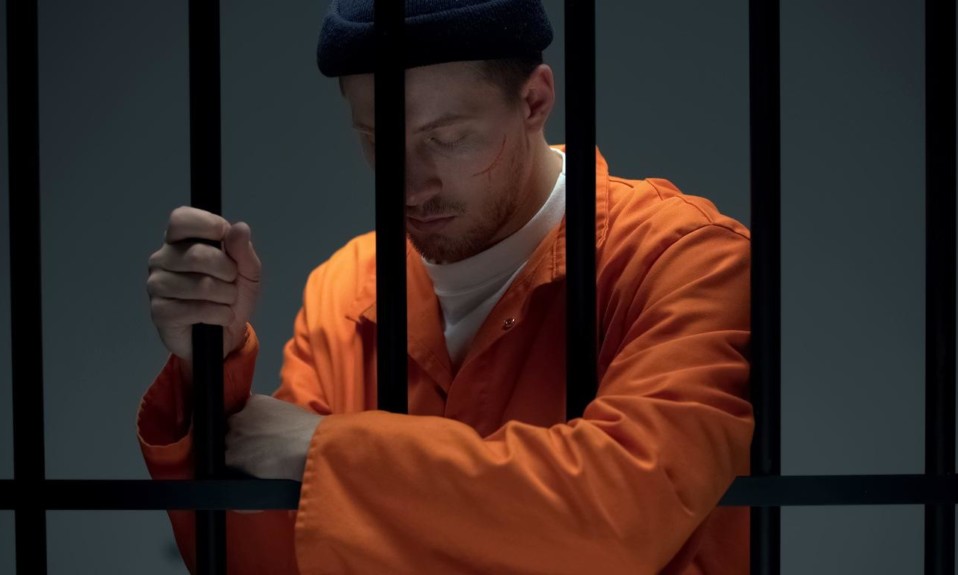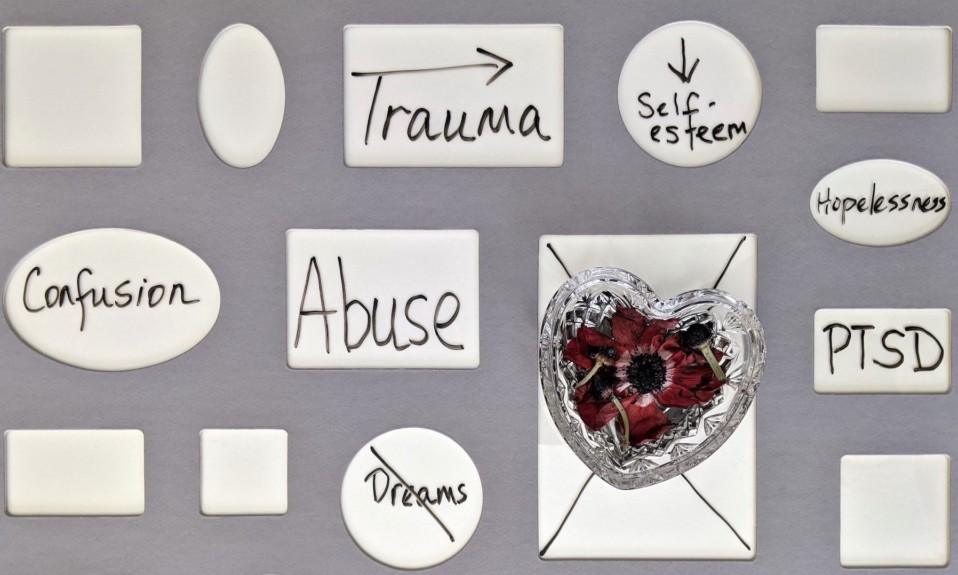Gregg Dockins, president of Gateway Corrections, discusses his nonprofit’s mission to offer inmates with substance use disorder a path to recovery
By William Wagner
January 12, 2021For all intents and purposes, Gateway Corrections’ outreach to prisoners with substance use disorder (SUD) started when a lone counselor was dispatched to Chicago’s Cook County Jail in 1970.
Fast forward to 2021 and things look a lot different for the program. The nonprofit says it now employs around 600 people who work in 78 locations, including prisons and community corrections facilities (secure treatment centers), across the United States.
The growth of Gateway Corrections—a division of the Chicago-headquartered Gateway Foundation, which is dedicated to addiction treatment—is a reflection of shifting attitudes toward U.S. drug policies. In the past couple decades, there has been a push away from the punitive and toward the rehabilitative when dealing with inmates who have SUD.

The organization’s leap also can be attributed to its operational recipe: one part clear-eyed business, one part bleeding-heart advocacy. Says Gregg Dockins, president of Gateway Corrections: “A lot of people think ‘nonprofit’ means you don’t try to make any money. Dr. [Tom] Britton [president and CEO of Gateway Foundation] has taken us a step further with the business of Gateway and being sure we’re making decisions and choices today that will ensure we’re around 10 years from now. It’s often said, ‘No money, no mission.’ But I also believe that without the mission, what’s the point of the money? Marrying those two together is something we try to do because there is so much need out there.”
The 53-year-old Dockins has been guiding Gateway Corrections since 2013. He first joined Gateway in 2000 as program director of a residential and outpatient facility in Dallas. TreatmentMagazine.com spoke to Dockins about the goals and accomplishments of Gateway Corrections.
We’ve been privileged to operate programs that, in their most simple form, were evaluated to show a reduction from upwards of 50% returning to prison within three years to about 5%.”—Gregg Dockins, president, Gateway Corrections
Q: Tell me about the mission of Gateway Corrections. What need in addiction treatment are you filling?
A: Gateway’s mission, in its most simple form, is to give people a path back from a life of criminal activity and substance use disorder and the destructive nexus of those two issues. We consider ourselves to be not only a provider of services for the clients who are wrapped up in the criminal justice system but also a provider meeting the needs of correctional entities around the country.
Even in facilities where we provide the security, it’s done from the treatment perspective. That’s what really sets Gateway apart. We’re a service provider that happens to do the security at some of these facilities; we’re not a prison company. Even what we call our line staff at our community corrections facilities are direct-care monitors. We train our monitoring staff in some of the same ways we train our clinical and counseling staff. Sure, hold them accountable, but also try to redirect their behavior and encourage pro-social interaction. It’s an integrated approach.
It’s great to see how the criminal justice industry, if you will, has embraced the need for treatment. It’s an integral part of what correctional entities do these days. It’s not just some add-on, where they can provide the service if there’s extra money.
Q: Gateway Corrections has been around for several decades. What kind of impact do you think it has made?
A: We pride ourselves on being an advocate—not just for the client but for the industry—and making sure that the value of treatment within a correctional population is acknowledged. [Gateway Corrections addresses] not just the human side, which is the core of our mission, but also a return on investment [for correctional entities] with the reduction of recidivism that can occur from implementing programs like this.
We’ve been privileged to operate programs that, in their most simple form, were evaluated to show a reduction from upwards of 50% returning to prison within three years to about 5%. So, there’s a financial return for focusing on re-entry [to society] and teaching clients how to make it without returning to substances of abuse and criminal activity. The investment in a program to provide those opportunities more than pays for itself in the reduction of recidivism. And that’s on top of the lives we’re putting back together. It’s a double win.
I like to think that the fact that we’re continuing to dive into the latest evidence-based interventions [like medication-assisted treatment (MAT)] and making sure we’re preparing our staff as much as possible really has put us at the forefront.”—Gregg Dockins

Q: What, in your mind, separates Gateway Corrections from similar prison programs out there?
A: There’s a large footprint of nonprofit entities across the country that have similar experience to ours. There are also some for-profit companies that provide counseling on top of their correctional supervision services. I like to think that the fact that we’re continuing to dive into the latest evidence-based interventions [like medication-assisted treatment (MAT)] and making sure we’re preparing our staff as much as possible really has put us at the forefront. Working with our partners, Gateway [has found] ways to enhance the delivery system to be on the cutting edge. Doing things like intensifying and improving our engagement strategies can enable people to remain drug free and crime free. Our interventions are aimed at teaching, educating and providing opportunities to practice changes in behavior.
Q: What’s the biggest challenge of operating a program like this? It seems stigma would have to be up there.
A: Stigma continues to be a huge barrier. There are a lot of people who look at our clients and think, That’s a population that’s chosen to be where it’s at. That’s not always the case. This is an insidious disease; substance use disorders are crippling.
There are [advocates] all over the country that have stepped up to the plate for decades. Finally, there’s a turning of the tide, a recognition that we will never be able to build our way out of this problem from a criminal justice standpoint. There are a bunch of states that built prison after prison trying to lock up all the “drug addicts.” They used the stigma labels. People are realizing that you’re not going to be able to build enough prisons for that to be the solution. [The solution] has to be reuniting families, diverting people out of criminal justice and into treatment opportunities.
Q: How has the COVID-19 pandemic affected the way you go about your business?
A: The pandemic would have been a perfect time for correctional jurisdictions around the country to say, “We don’t have time to do the extra stuff. We have to just focus on the basics.” But every one of our markets found a way to work with us to continue some level of services because they saw it as an integral part of what they do and not some extra that they can set aside.
We made some interesting modifications. We delivered written materials so that the clients would have something to study while they were quarantined. In some cases, we instituted virtual platforms where counselors videoed into classrooms. Some [correctional] systems have inmate email, and people were able to correspond with treatment professionals that we have on staff. There have been really creative solutions, all based on the premise that this is an essential healthcare service. For the prison industry to accept, acknowledge and reinforce that tells me how far we’ve come.
Q: You’ve been with Gateway Foundation for two decades. Obviously, it’s been a good fit for you. How come?
A: Before Gateway, I had been at three or four different nonprofits that were mission driven. What drew me to Gateway was that it was run like a business. Even though we’re a nonprofit, we need revenue to further the mission. Our approach to evolving in service delivery, innovating where possible and being partners instead of vendors motivates me.
There’s a quote I frequently use from Wayne Gretzky about hockey: “Good hockey players know where the puck is, but great hockey players know where the puck is going to be.” As we look at our strategy going forward, it’s, “Where do we think the industry will go? Where are the services going to be needed, and how can we position Gateway to meet those needs?”
Q: So, what might the future hold for Gateway Corrections?
A: There’s an opportunity for Gateway to look at services outside of just our drug and alcohol treatment. We can provide medical services or employment-readiness services for correctional settings. We’re looking for any opportunity to help a criminal-justice-involved individual navigate out of the system.
Photo: iStock














